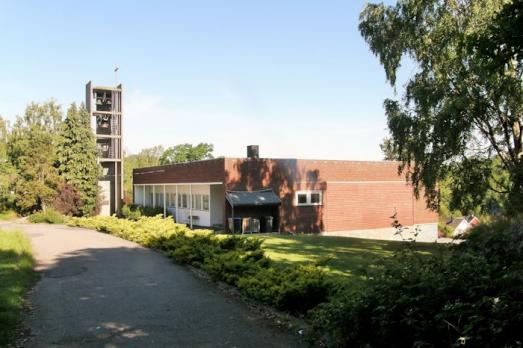
Vesterøy Church
Sandefjord, NO
Vesterøy church is a "working church" dating from 1967. Of the two construction phases planned, only one has been completed.
Here you can search for a building to visit. You can use the map find destinations, or you can use the filters to search for a building based upon what different criteria.

Sandefjord, NO
Vesterøy church is a "working church" dating from 1967. Of the two construction phases planned, only one has been completed.
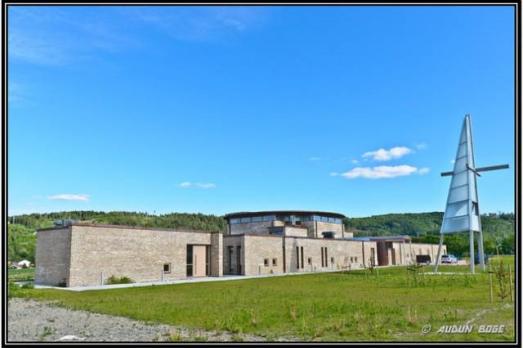
Øvre Eiker, NO
The church in Vestfossen dates from 2010. On 1 January 1997, Vestfossen became a separate parish. This parish did not have a church, only the Vestfossen Chapel, which served as a parish church. This was built as a house of prayer in 1863 and consecrated as a chapel in 1902. The municipality of Øvre Eiker decided in the same year that a new church should be built.
Hellevoetsluis, NL
Dutch Reformed Church. Simple hall church built in 1661 with arched windows and a tiled hipped roof all around. Slender brick tower, the upper part decorated with three round-arched niches in each facade and crowned by an octagonal wooden bell dome. Restored around 1965, when the original hipped roof was re-applied and the church regained its flat ceiling with beams on corbels. The inventory includes a pulpit with a copper lectern, a baptismal fence with a precentor's lectern and four oak gentlemen's pews, all from the period of construction. A carved organ case, made in 1786 by J. Courtain for the Lutheran Church in Arnhem. Several 17th century gravestones.
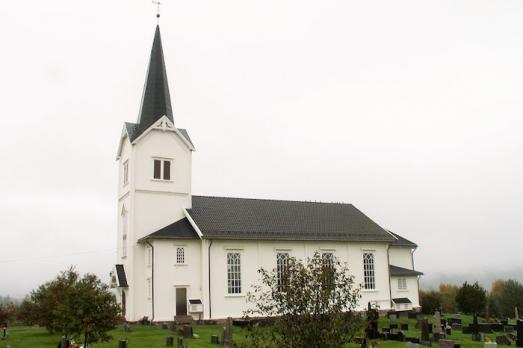
Vestmarka, NO
The church in Vestmarka is a long neo-gothic church built according to the drawings of the architect Ludvig Bergh in 1883. The church is clad with exterior and interior panels. The interior is of good architectural quality, and most of the furniture dates from the time of construction, but the colours are not original.
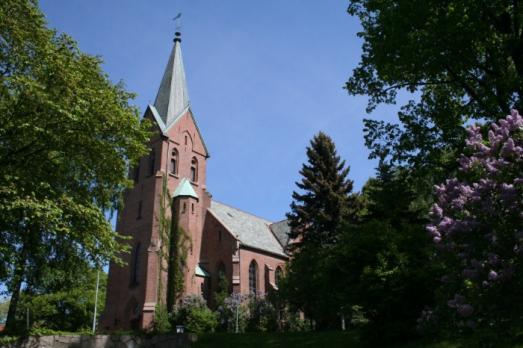
Oslo, NO
The church of Vestre Aker is a long, unpainted red brick church, built according to the drawings of architect H. E. Schirmer in neo-gothic forms. The church was given a new sacristy south of the choir in 1939. The pillars and gables are covered with granite. The interior is characterised by a Gothic Revival style with rows of columns and vaulted ceilings.
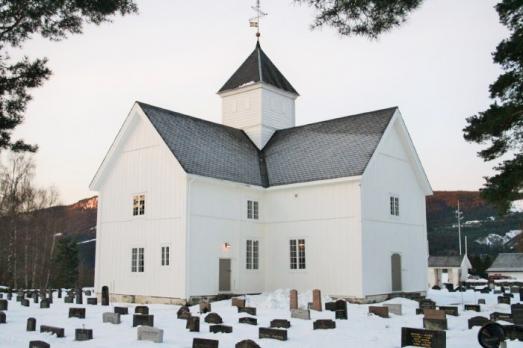
Vestre Gausdal, NO
The Vestre Gausdal Church or "Nykirken", is a cruciform church erected in wood with towers in the centre of the cross. Built in 1784, the interior has undergone several modifications since then. In 1854 the interior walls and ceilings were painted and in 1856 window openings were made in the side walls of the choir as well as in the galleries and the main entrance. In 1909, the church received a new pulpit with a canopy, a new baptismal font with a canopy and new pews.
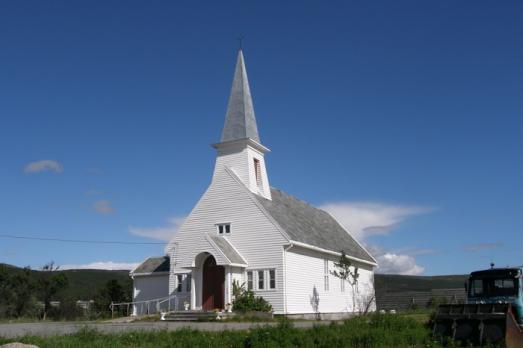
Vestre Jakobselv, NO
The Vestre Jakobselv Church, formerly the Vestre Jakobselv Chapel, is a long church from 1940. It was designed by the State Building Inspector's Office and is built of wood. The designs for the chapel of Crown Prince Olav and Crown Princess Märtha in the forest village of Tørberget in the municipality of Trysil were reused.
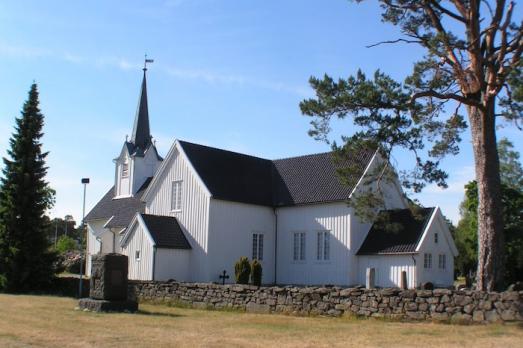
Lillesand, NO
The church of Vestre Moland is a brick building that was built in 1150. Gradually the medieval church was extended, first with a small choir section. The sacristy was started in 1742. In 1797, the church was extended with a nave to become a cruciform church, as we see it today.
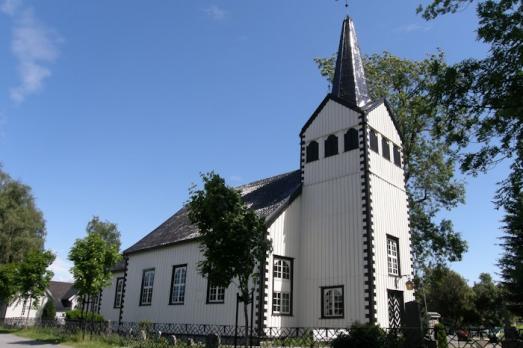
Porsgrunn, NO
The church of Vestre Porsgrunn was built by the builder Joen Jacobsen in 1758. In 1777, the interior was rebuilt: the transverse partition was removed and the church was given a barrel vault with painted skies and clouds. In 1830 the church received an extension of the sacristy to the east, and around 1900 the interior was modified: the vault was painted white, the walls were panelled and much of the furniture was replaced. This was changed during the restorations of the 1930s and 1956. In 1995 a new organ was installed in the church, built by Ernst Junker.
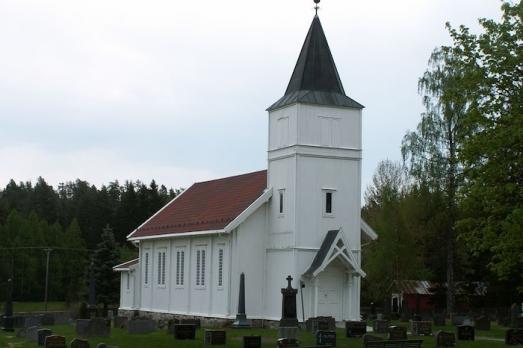
Modum, NO
Vestre Spone church is a wooden church that was built in 1880. The architect of the church was Johannes Henrik Nissen.

new
Nestled amidst the serene landscapes of the Harz region, lies a hidden gem for nature enthusiasts and history buffs alike - the Harz Monastery Hiking Trail. Lace up your hiking boots and embark on this captivating adventure that will transport you back in time.

The Holy Mile (Miglio Sacro) of Naples is a one-mile-long itinerary, through sacred places linked to the city's patron saint, San Gennaro, in the Rione Sanità district. Discover the city from a new perspective with this unique walking tour.

As a university city, cultural offerings abound in Tartu and will reach their peak after being designated one of three European Capitals of Culture for 2024. In this list, we've compiled the most interesting sacred places to visit in and around the old town.